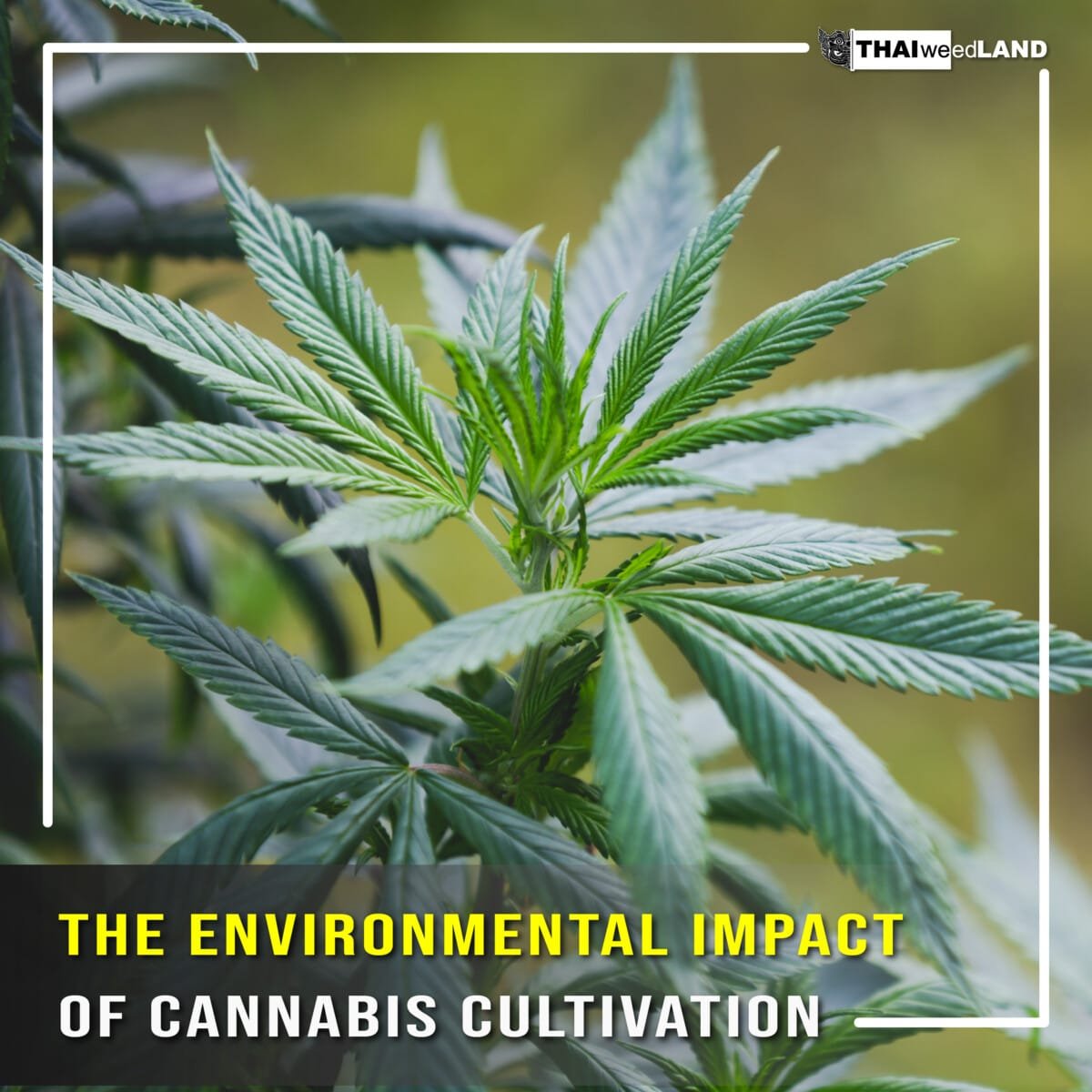Cannabis cultivation has seen a significant increase in recent years, driven by the legalization of medical and recreational marijuana in various regions. While this has created economic opportunities and access to a natural remedy for many, it has also brought attention to the environmental impact of cannabis farming. The cultivation of cannabis, like any large-scale agricultural activity, has both positive and negative effects on the environment.
Water Usage
One of the primary environmental concerns associated with cannabis cultivation is water usage. Cannabis plants require a substantial amount of water, particularly during the flowering stage. In areas like California, where water scarcity is a significant issue, the high water demands of cannabis cultivation can exacerbate water shortages. According to a study published by the California Department of Fish and Wildlife, outdoor cannabis plants can consume between 5 and 10 gallons of water per day during the growing season, putting a strain on local water resources.

Energy Consumption
Indoor cannabis cultivation is energy-intensive, primarily due to the need for artificial lighting, climate control, and ventilation systems. A report from New Frontier Data highlights that indoor cannabis cultivation can use up to ten times more electricity per square foot than a typical office building. This high energy demand contributes to a larger carbon footprint, particularly in regions where the electricity grid relies heavily on fossil fuels.
Some cultivators are addressing this issue by adopting more sustainable practices, such as using energy-efficient LED lights, implementing solar power systems, and growing cannabis in greenhouses that utilize natural sunlight. However, the energy consumption associated with cannabis cultivation remains a significant environmental challenge.
Land Use and Habitat Destruction
Cannabis cultivation, particularly illegal or unregulated operations, can lead to habitat destruction and deforestation. In some regions, illegal cannabis farms are set up in remote forested areas, leading to the clearing of land and the destruction of natural habitats. This can have a detrimental effect on local wildlife and biodiversity.
Moreover, the use of chemical fertilizers, pesticides, and rodenticides on these farms can contaminate soil and water, further harming the ecosystem. The use of these chemicals is often unregulated, leading to potential pollution of nearby streams and rivers, which can affect aquatic life and the broader environment.
Waste Generation
Cannabis cultivation generates a considerable amount of organic and non-organic waste. This includes plant material, plastic containers, packaging, and other materials used in the growing and processing stages. Improper disposal of this waste can lead to environmental pollution.
Some growers are beginning to implement more sustainable waste management practices, such as composting organic waste and recycling plastic materials. However, the industry still faces challenges in reducing the overall environmental footprint of cannabis cultivation.

Potential Solutions and Sustainable Practices
To mitigate the environmental impact of cannabis cultivation, several sustainable practices are being adopted by forward-thinking cultivators:
- Water Conservation Techniques: Implementing drip irrigation systems, rainwater harvesting, and other water-efficient practices can significantly reduce water usage.
- Energy Efficiency: Transitioning to LED lighting, using renewable energy sources, and optimizing grow room designs can lower energy consumption.
- Organic Farming: Using organic fertilizers and natural pest control methods can minimize the use of harmful chemicals and reduce soil and water contamination.
- Regulated and Transparent Operations: Ensuring that cannabis cultivation is done within a legal and regulated framework can help minimize illegal growing operations that contribute to deforestation and habitat destruction.
- Sustainable Waste Management: Encouraging composting, recycling, and proper disposal of waste can help reduce the environmental impact.
Conclusion
The environmental impact of cannabis cultivation is a complex issue that requires a balanced approach to address. While the industry provides economic benefits and meets the growing demand for cannabis products, it is essential to consider and mitigate its environmental footprint. By adopting sustainable practices, the cannabis industry can reduce its impact on water resources, energy consumption, and natural habitats, contributing to a more sustainable future for both the industry and the planet.





